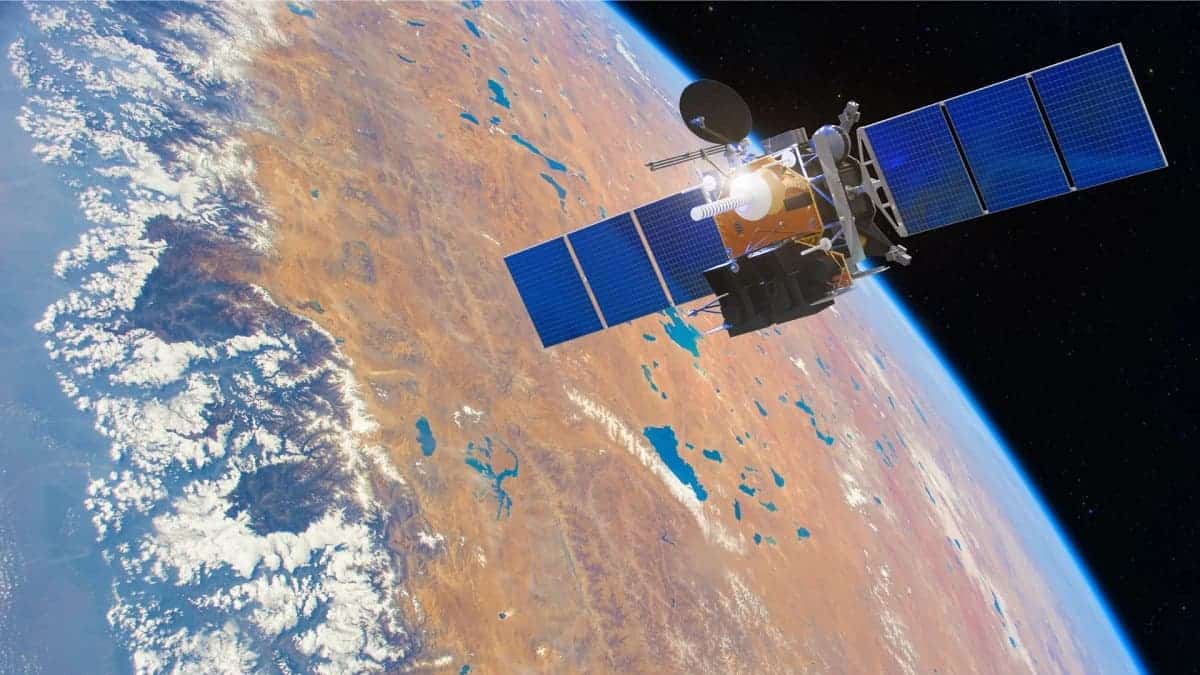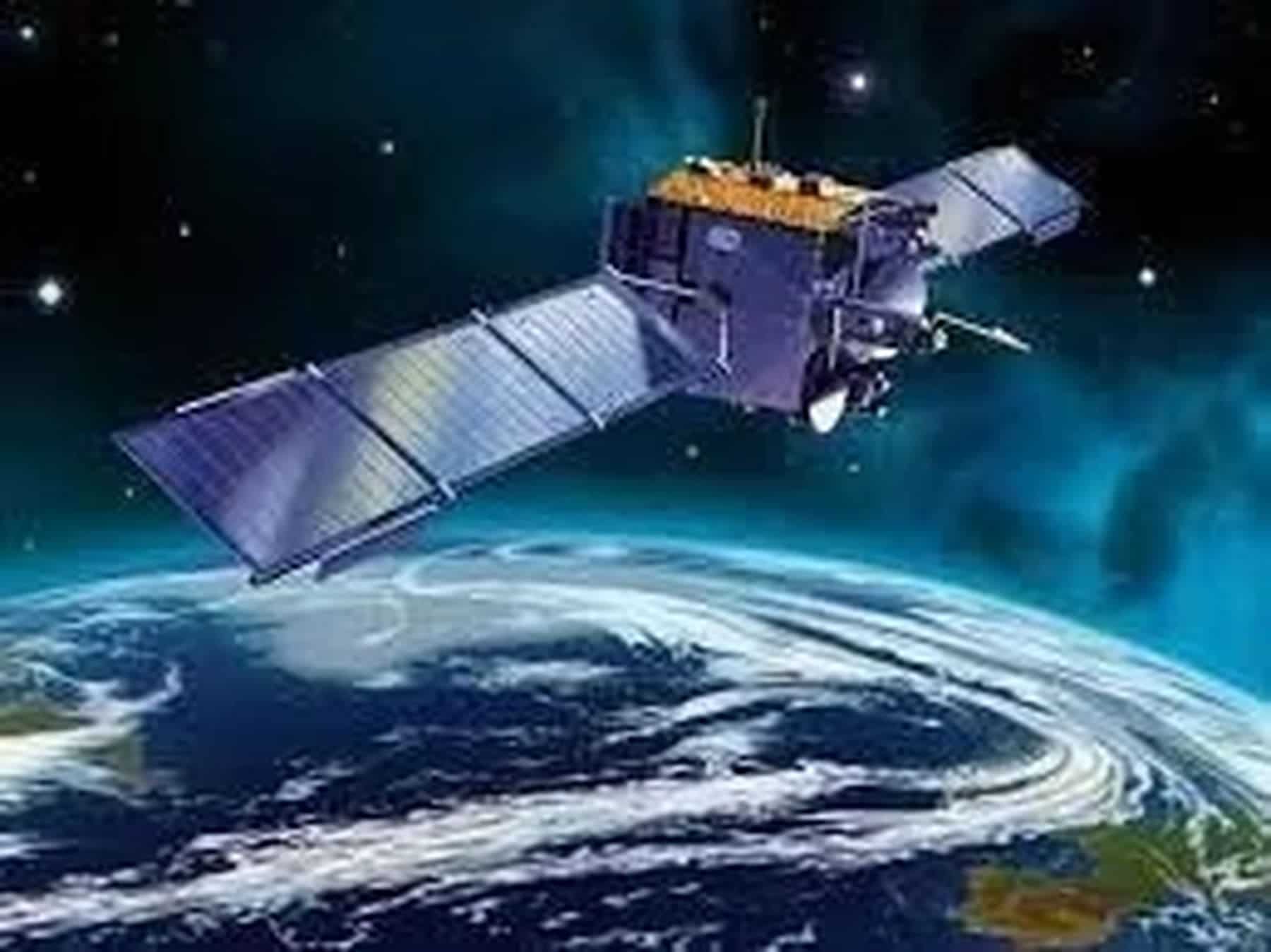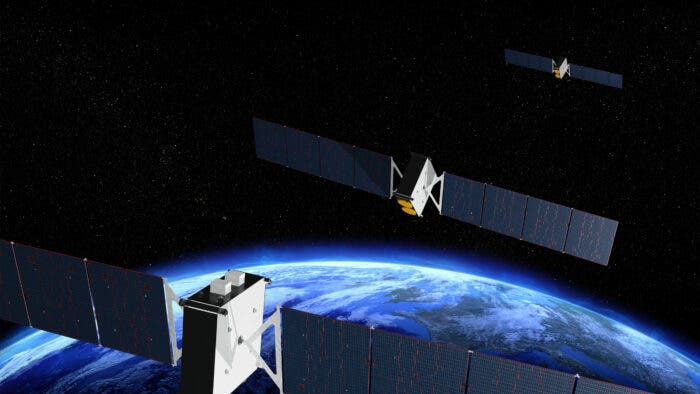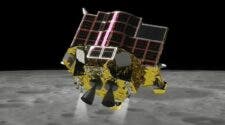The United States and India are set to collaborate on the launch of a joint remote sensing satellite for Earth observation in the first quarter of next year. This ambitious project aims to provide critical data for various commercial space applications and has significant implications for national security. The satellite will be equipped with advanced remote sensing technology, including microwave remote sensing capabilities.

Background
The Indian Space Research Organization (ISRO) and NASA have been working together to develop this joint remote-sensing satellite, which will be launched in the coming months. The collaboration between the two countries is a testament to their growing relationship and the potential for further cooperation in space exploration and other scientific endeavours.
Key Features of the Joint Remote Sensing Satellite
The joint remote sensing satellite will use top technologies, including:
- Microwave Remote Sensing: This technology will provide critical data for Earth observation, including information on soil moisture, snow cover, and vegetation.
- Advanced Remote Sensing Sensor Technology: The satellite will utilize state-of-the-art remote sensing sensor technology to capture high-resolution images and data of the Earth’s surface.
- Geographic Information Systems (GIS): The satellite will integrate GIS technology to analyze and display the collected data, enabling users to make informed decisions based on the information.

Benefits of the Joint Venture
The collaboration between the US and India on this joint remote-sensing satellite offers several benefits:
Gizchina News of the week
1. Enhanced Earth Observation Capabilities: The satellite will provide more detailed and accurate data for Earth observation, helping scientists and policymakers make better-informed decisions.
2. Advanced Technology Development: The joint venture will drive the development of advanced remote sensing technologies. This will be of benefit to both countries and the global space industry.
3. Strengthened Scientific Collaboration: The project will foster further collaboration between the US and India in space exploration and other fields. This will pave the way for more joint ventures in the future.
4. Commercial Applications: The satellite’s data will be available to commercial users. It will support various industries and applications, such as agriculture, forestry, and disaster management.
Final Words
The US and India are poised to launch a joint remote-sensing satellite in the first quarter of next year. This will mark a major milestone in their collaboration in space exploration and scientific research. This venture will not only enhance Earth observation capabilities but also drive the development of advanced remote sensing technologies. It will also strengthen the scientific collaboration between the two countries.





